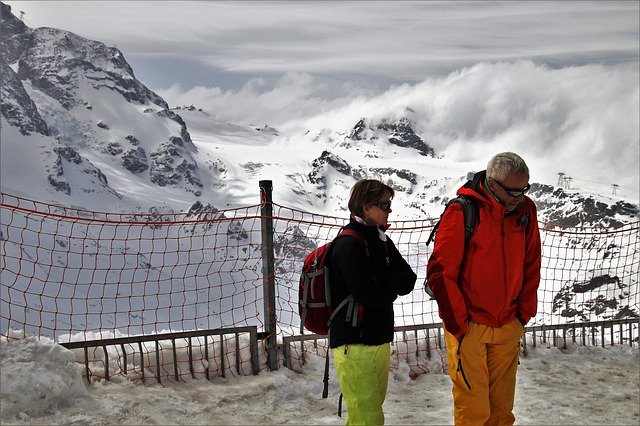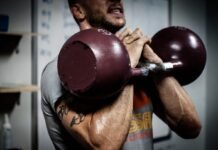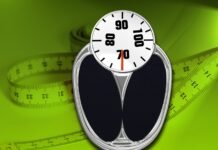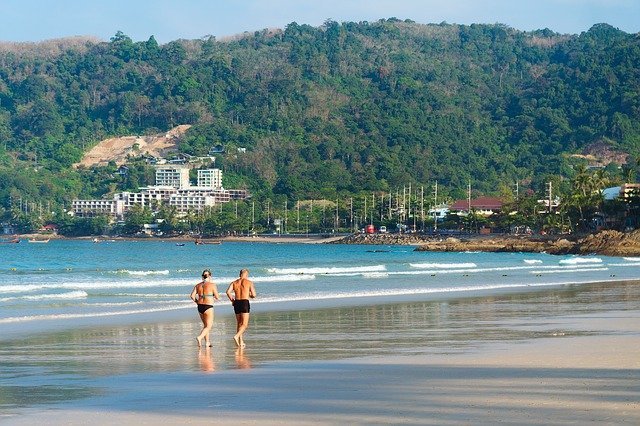People over the age of 35 are referred to as Masters, and this age bracket requires a tailored approach to training and the challenges they meet. I presented a talk to a group of fitness enthusiasts who were training for the Rebotec World Masters Games, which prompted me to think more about the matter.
The orienteering demographic is aging in North America, so it makes sense to dedicate a post to this unique group of people. Our bodies change after we turn 20 – so early on in life! This means your body changes the ways in which you can train effectively for endurance sports. It doesn’t get any better, unfortunately. It’s common knowledge that when training our bodies, we develop systems and processes to enable us to place more demand on our bodies than simply walking.
Myth-busting
People often say they injure themselves more in their 30s and 40s than when they were in their 20s. While that may be true, it can be an incorrect understanding of what is occurring. Your body does not recover as quickly as it used to, so say for example you exercised intensely, and you think you’ve pulled a tendon. When you’re in your 20s, you just go home, clean yourself up, and go out again. Then when you return, you go to bed and wake up rested the next day.

Your body has used the time sleeping to heal overnight and your pulled tendon is a thing of the past. But when you’re in your 40s, you go home, wash up, have dinner with your children, and perhaps have wine before turning in for the night. But when you wake up in the morning, your tendon reminds you of what happened yesterday. It might take another night to heal, either on its own or with help from ice, medication, or physiotherapy.
So, you are going to remember you pulled your tendon. You wouldn’t in your 20s because it didn’t hurt for long before healing. Bearing this in mind, give yourself time to recover from exercise by arranging them throughout the week, sleep at least eight hours, enough to let your body recover, and eat plenty of protein that will help in the repair process. Don’t let new pain go unexamined. Finally, don’t complain you’re getting injured more in your 40s than in your 20s, as this simply isn’t true.
Elasticity loss
Have you noticed your skin sagging at all? Body tissue loses elasticity with age. Muscles become increasingly inflexible. As you age, you are more prone to straining your muscles when exercising than ever before. You can combat this by beginning to stretch regularly, especially before exercise and orienteering – the activity where you can do the splits to a jog. Your muscles are akin to putty where it has the ability to stretch but won’t if you don’t. Stretch your muscles!

Decrease in average maximum heart-rate
Over time, your maximum heart rate on average decreases by one beat a year. If you have had a heart rate monitor during your exercise sessions where your jogging was between 130 and 140 beats per minute when you were 30, at 50 years old you need to review that to decrease your training zone because you will not be able to keep that heart rate up. Have a maximum heart rate test provided by your personal trainer so you can redefine your training zones. However, this advice is not necessary if you do not use a heart rate monitor.
Loss of mass and strength in your muscle
Muscles are responsive to the demands placed on them, and this is especially important for Masters and applies to both children and adults alike. If you don’t use them, you will lose them. When muscles are overloaded by training, they respond by increasing the size of the muscle fibres and by creating more muscle cells. When muscles are left idle, they lose strength and the muscle cells begin deteriorating. This happens quickly with Masters, and when strength is an important factor in speed, power and in minimizing injury, it is important to do more with your muscles as you age. Two to three sessions in the winter are ideal, decreasing to one to two sessions in the orienteering season.
Speed decrease
You may have heard that your peak running speed is maximized when you are of 45 years of age. However, after the age of 45, it is not possible to increase your maximum running speed only if you have already reached your peak speed before this age. Therefore, if you’ve been an Olympian competitor you are at your best, but if you’ve not hit your peak there’s much room for improvement.
Motor skills decrease
The nervous system declines as you age, and therefore your balance and coordination may be affected. Reading that map while you run may become more challenging, but you can mitigate this by practicing reading a map on an easy trail during practice sessions. It doesn’t have to be a real map, but being able to glance down while working out your route will save you time. Balance training is simple, and you can do some yoga poses, carry activities out like standing on one leg, jumping on one leg, and improving your stabilization time when landing. These exercises will increase your chances of leaving a forest unscathed.
Your eyesight
As you age, reading glasses may be used regularly, however, if you are able to use contact lenses for unpredictable weather, this is your safest solution. A thumb magnifier can assist in reading your map while simplifying your route and memorizing your track all contribute to greater efficiency on the trail.
In conclusion, training for orienteering need not be daunting and is completely realistic. The incentive for you to improve your exercise routine in preparation for orienteering is that the fitter you are, the less likely you are to be injured.























